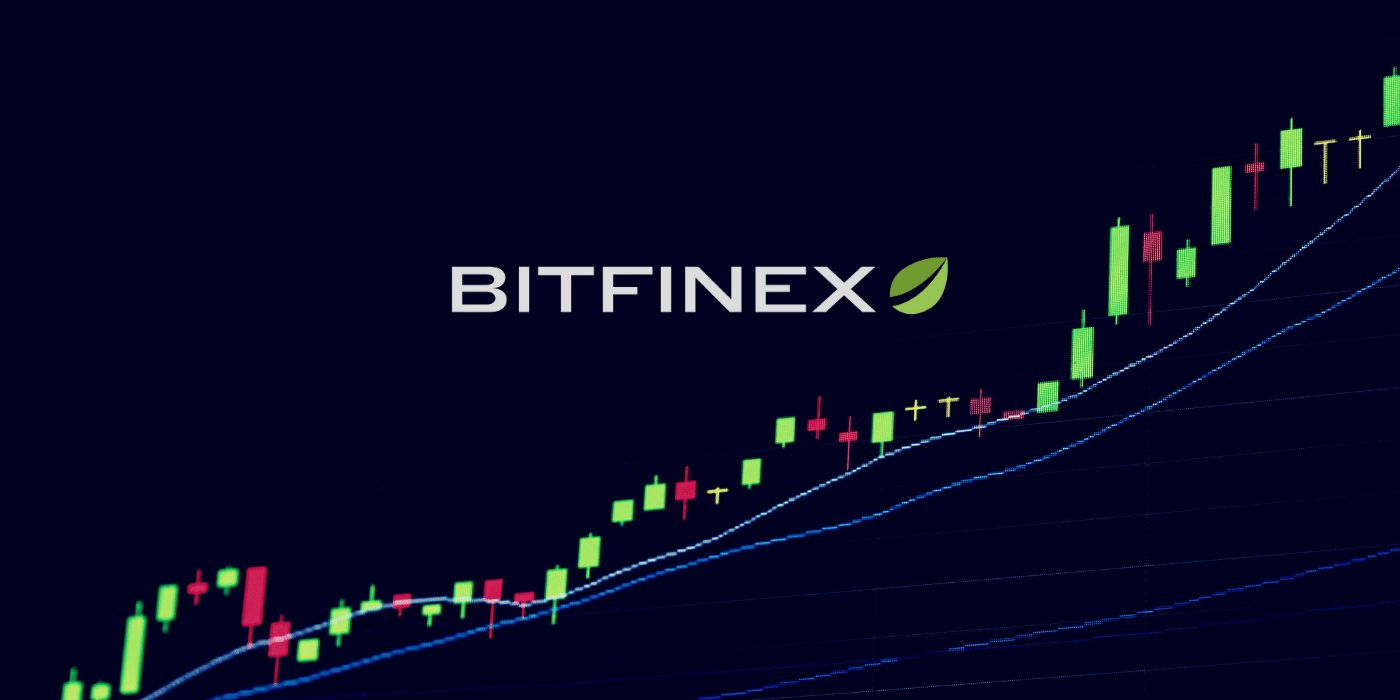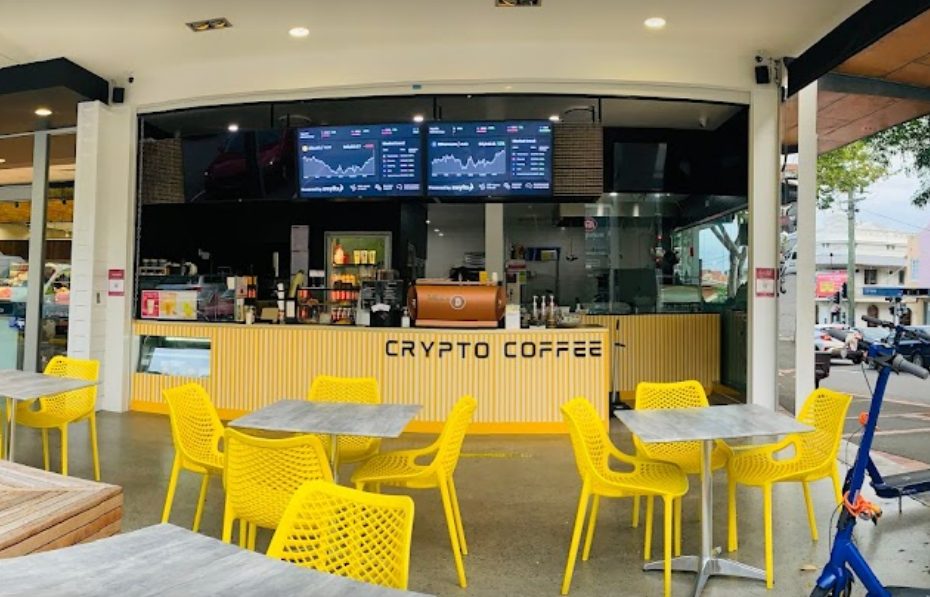If you listen to enough Bitcoin podcasts you’ll almost always hear discussions about DCA (dollar-cost-averaging) or stacking Sats. Everyone in this space has figured out that saving in fiat is not getting them anywhere due to inflation, so they’ve turned to bitcoin.
HardBlock Bitcoin Exchange have just launched an Automated Bitcoin Savings Plan, including a 99 Sat withdrawal fee, designed to make DCA as simple as possible. We’ve made it easier and cheaper to save with hard money.
But what about Bitcoin’s eye-watering volatility? Surely it’s better to buy the dip, or maybe trade in and out? Listen to a few more bitcoin podcasts and you’ll come across a guest who passionately talks about DCA for a whole episode. We spoke with one such bitcoiner (Friar Hass) to get his insights on why DCA is the best way to save with bitcoin:
Hardblock: Most people want to buy bitcoin when the price dips. How do you explain the benefits of DCA over trying to time the market?
Friar Hass: The first time I bought bitcoin, in Oct/Nov 2013, I bought 19 dips before it stopped dipping. The best thing is not to be arrogant and think you know everything and instead just work hard and stack slowly. When the price rips, it rips hard and doesn’t last long. It’s hard to resist the FOMO. Salvation is promised to the stackers, the stats are undeniable.
Hardblock: What do you see as the risks for a user who saves with bitcoin over a period of years and decades?
Friar Hass: The main risk is that people call us a cult and religion. Everyone has their own interpretations of the sacred text. Some key rules are:
- Everyone has the right to send value.
- Everyone has the right to be self-sovereign.
- Fixed 21 million supply cap.
Is bitcoin going to zero? Is Christianity going to zero? Is Islam going to zero? So long as people believe it’s not going to zero, then it won’t. All religions keep a copy of their holy book at home, I keep a copy of the blockchain. An army of savers is not just doing charity to themselves, they are doing charity to the world. They’re boot-strapping a new economy. Salvation is promised to the stackers. No army can stop an idea whose time has come. I think the idea to have freedom and sovereignty over wealth has come. If the government starts being responsible with its money and allowing users to be self-sovereign, then yes, bitcoin could go to zero. History has shown us this is very unlikely though. Plus, one of the valuable attributes that bitcoin has is its immaculate conception; no other crypto or fiat currency can ever replicate that. The chance of a 51% attack is also long gone; we just had a massive drop in hash-rate after China banned bitcoin mining and nothing happened.
Hardblock: Bitcoin’s historical performance includes its origin where it started from zero; how do you estimate its future return?
Friar Hass: Due to the way fixed supply works, if me and 2% of the world’s workforce decided to save 10% of our income in bitcoin, because of that daily attrition, all the bitcoin will end up in the hands of savers, and the only bitcoin left will be the new coin issuance from mining. Eventually you will wear out the traders, and there will only be coins left in strong hands. I agree with Michael Saylor – the S curve price will go up forever, although it will eventually slow down to 1% a year. If you discount the early years, bitcoin’s price growth is freakishly consistent at 60-70% CAGR (compound annual growth rate), and I would expect it to be 40-50% for the next decade.
Hardblock: Any final thoughts?
Friar Hass: Work hard, stack slow. There are no shortcuts. Stick to your beliefs, stick to your guns. Be proud of whatever you manage to stack for yourself. Don’t wish you were in bitcoin earlier.
Ready to start stacking Sats? With HardBlock, you can set up your account once and then send bitcoin from your bank to your hardware wallet without lifting a finger.
Find out more here.















